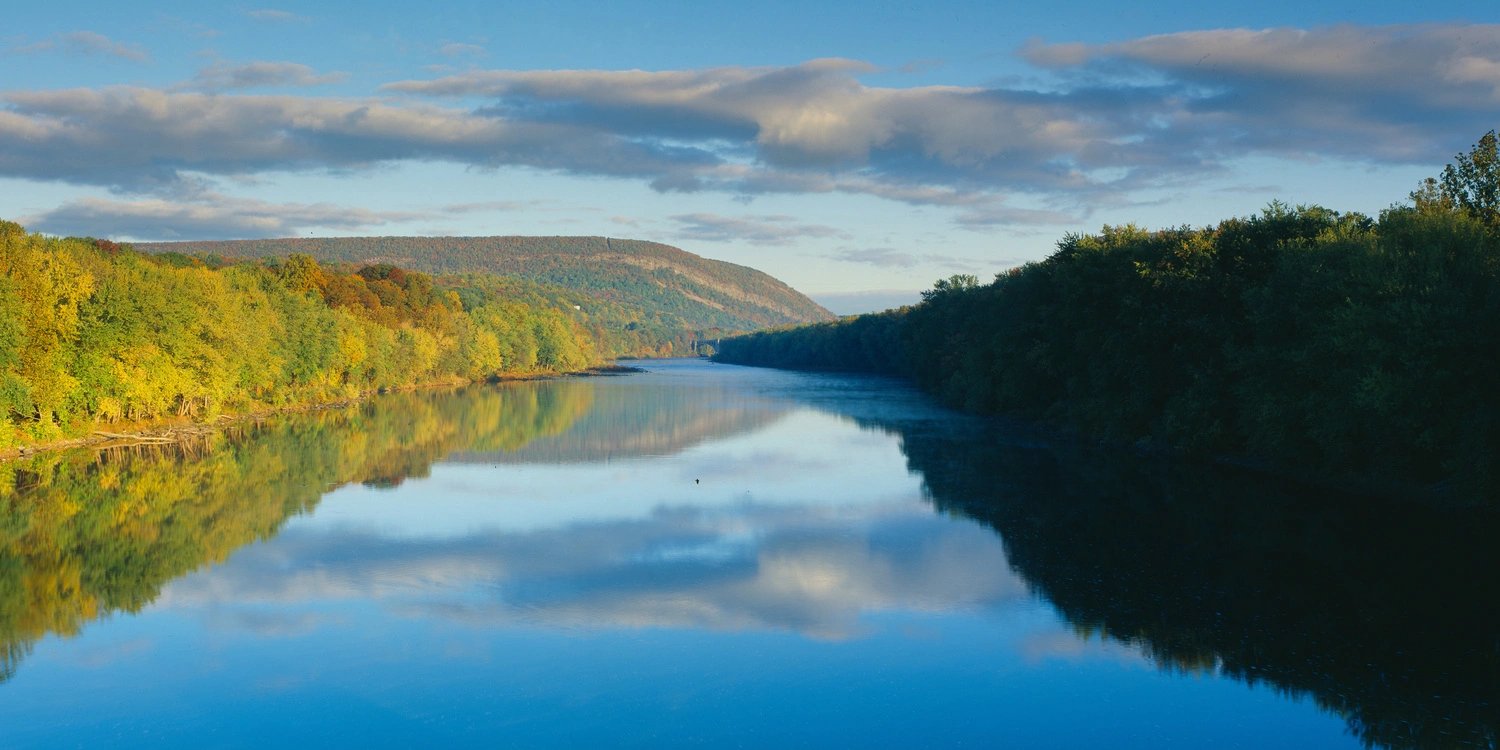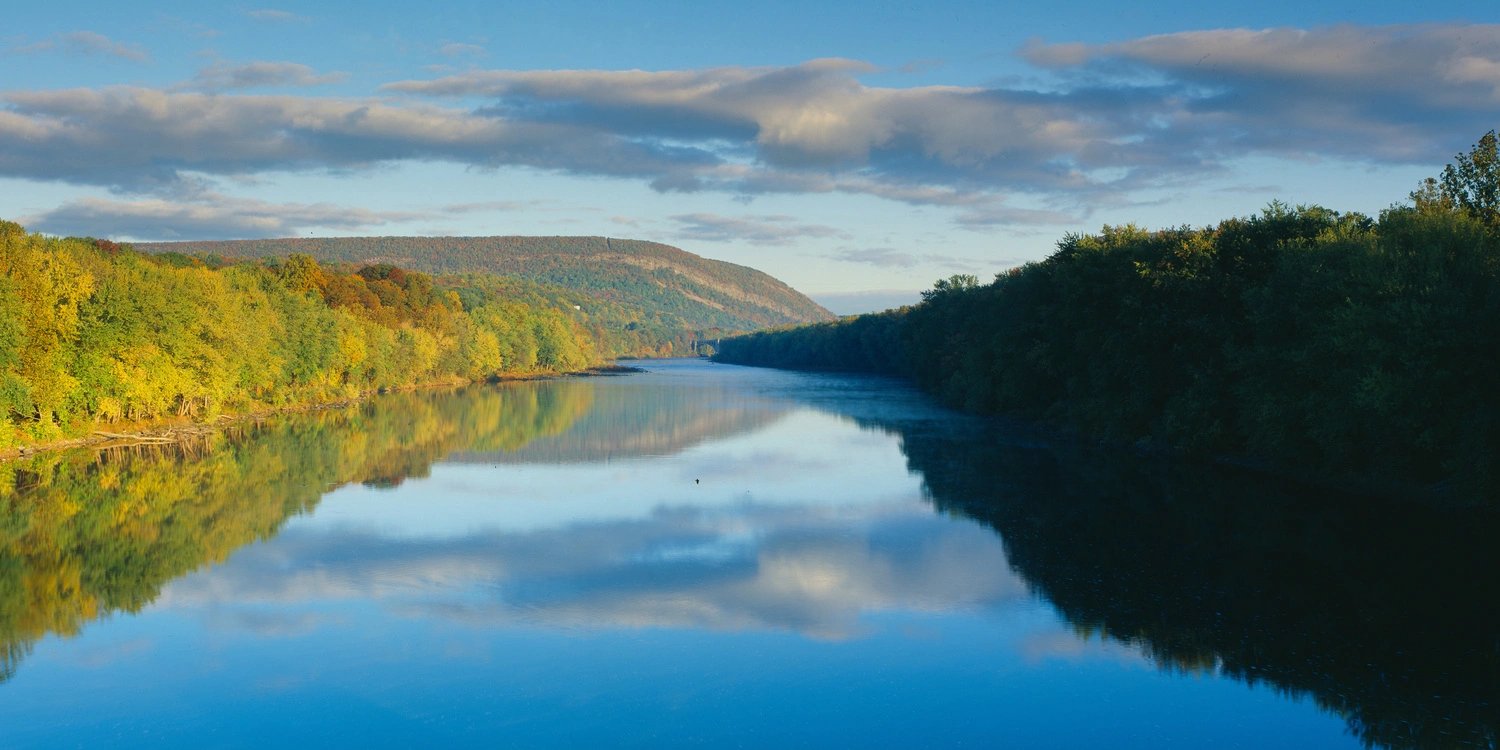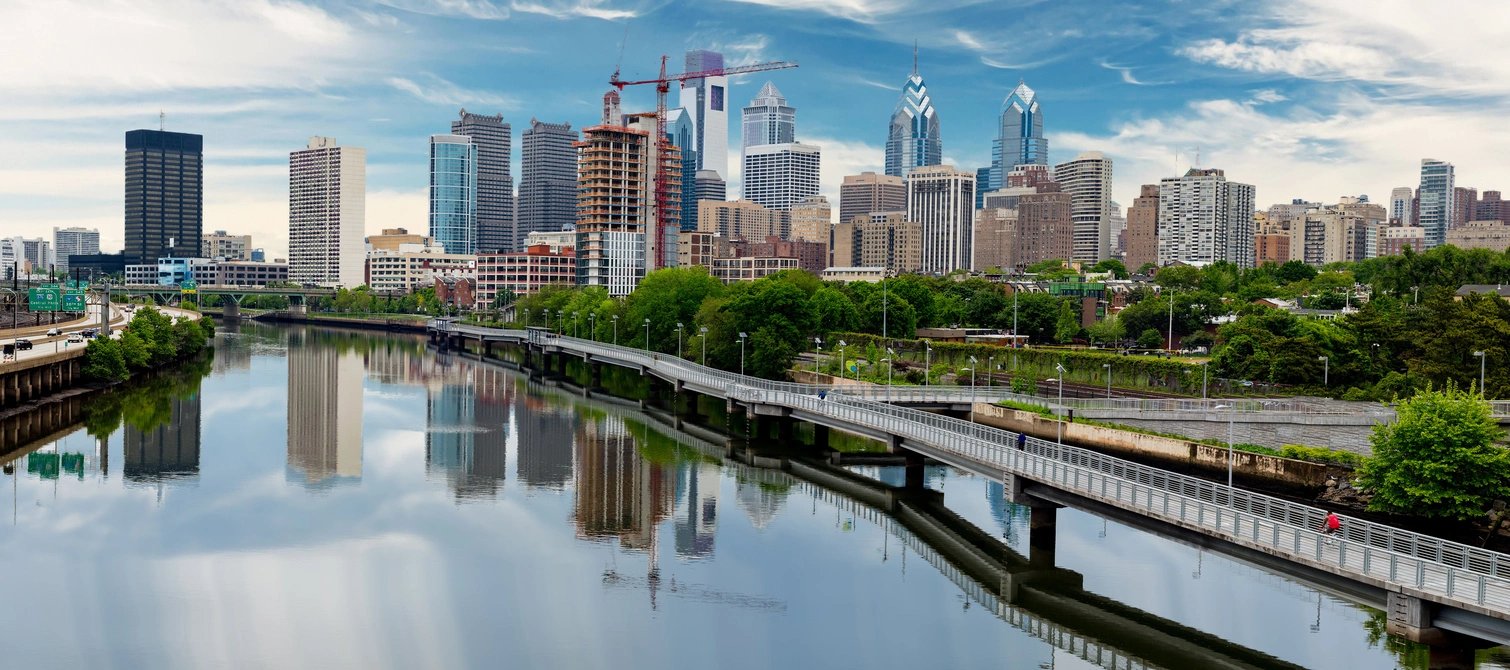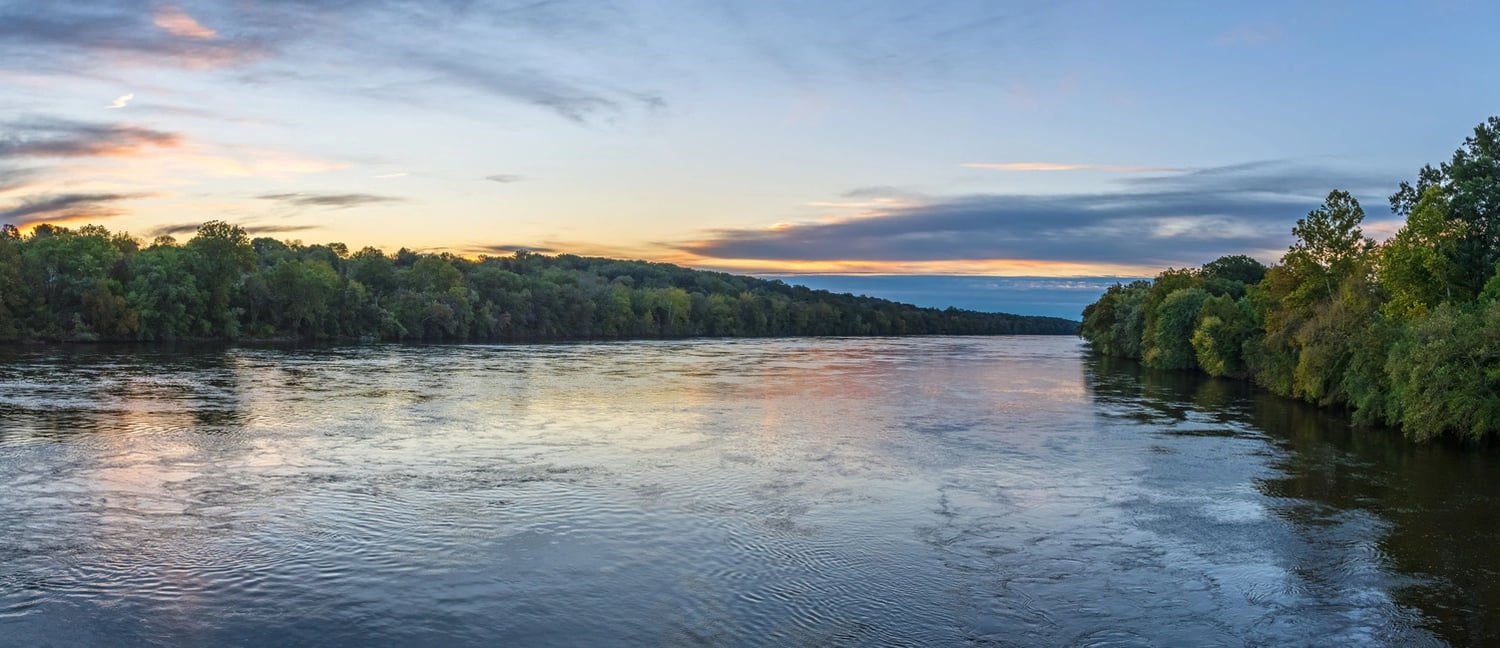Pennsylvania Waters
Free Permitting Checklist
Practical Tips to Avoid Environmental Risk on all Your Projects
Download our environmental permitting checklist to get a step-by-step list of ways to protect your project from the 9 most common environmental risks.
Download Your Checklist
Why are Waters Defined Differently by State?
In the U.S., the Clean Water Act (CWA) protects waters. Jurisdictional Waters of the U.S. (WOTUS) are given extensive protection under this act. However, this act provides vague definitions for these waters, leading to the ambiguity of interpretations of these waters. States have added additional definitions to waters to gain clarity and protect waters that do not fall under the jurisdiction of the CWA as interpreted by different administrations.
Additionally, water use and needs vary by state—the different biogeographic regions in each state impact primary water sources, and regulations are regionally specific. Protected waters house ecosystems that differ significantly by state. This variety of life and water use creates the need for state-specific regulations.

Who Regulates Pennsylvania Water Resources?
Pennsylvania Department of Environmental Protection
The Pennsylvania Department of Environmental Protection (DEP) oversees the protection of the state’s natural resources. The DEP’s Office of Water Programs manages surface waters, groundwater quality, and water conservation. This office takes these initiatives to ensure statewide safe drinking water and a clean water supply to maintain public health.
This office also manages the state’s interstate membership within river basin organizations, the Great Lakes Program. It administers the DEP’s Coastal Resources Management Program (CRM) for Lake Erie and the Delaware Estuary.
Visit .dep.pa.gov/Business/Water/Pages/default.aspx to learn more.
Chesapeake Bay Watershed Protections
The Chesapeake Bay Watershed Program (CBWP) includes an agreement is between state and federal governments to restore the estuary and its watershed. The Chesapeake Bay is more than a place Harrisburg and Pittsburgh citizens go boating on the weekend; it’s the nation’s largest estuary, yielding a significant role in the health of many water systems. The CBWP has been routinely revised over the years as the surrounding environment and the bay needs change. The program recently received $6 million in federal funding to help efforts directed at limiting sediment runoff and contaminants entering the bay from agricultural activities.
Pennsylvania Wellhead Protection Program
This program was created by the Commonwealth of the state via the Pennsylvania DEP as required by the federal Safe Drinking Water Act. The Environmental protection Agency (EPA) approved this program per federal standards. This program ensures groundwater protection to allow safe drinking water for Pennsylvanians. This program most notably utilizes a three-tiered wellhead protection area. These areas, zones 1-3, are used to establish the regulations and requirements for various water resources.

Free Permitting Checklist
Practical Tips to Avoid Environmental Risk on all Your Projects
Download our environmental permitting checklist to get a step-by-step list of ways to protect your project from the 9 most common environmental risks.
Delaware River Protections
The Delaware River Watershed Initiative is a nonprofit, coordinated effort of over 65 organizations working to protect the Delaware River. The initiative created the Delaware River Watershed Protection Fund in 2014 to fund efforts that protect these waters. As the Delaware River is the basis of the region’s economy and supplies drinking water for over $15 million people, the river is highly regulated and monitored for water quality. Additional regulations for water sources are likely to arise over time.

Susquehanna River Protections
The Susquehanna River is protected as a significant source of the region’s drinking water. In addition to state and federal water quality regulations, many local organizations push for nutrient regulations. The river is subject to nutrient and sediment pollution from agricultural sites via stormwater or wastewater runoff. This runoff has dramatically impacted the water quality of this river and its downstream counterpart, the Chesapeake Bay. Political outreach from this organization and growing statewide concern for the safety of this water resource are likely to influence regulations over time.
How to Identify Protected Pennsylvania Waters
You can hire an environmental consultant or use environmental due diligence software to identify potentially protected waters on your project site.
Environmental consultants are specialists who find environmental red flags on a project site. Depending on the project, they provide a complete assessment report in a few weeks to months. These experts are up to date on the environmental permitting and regulatory requirements that apply to a project.
Environmental due diligence software, such as Transect, provides a site-specific environmental report in minutes. This report identifies protected features, such as waters, and all other environmental concerns and requirements a project has.
To learn about more Environmental Regulations in Pennsylvania, check out the Pennsylvania section of our Environmental Regulations by State reference page.
Land Developers, the Traditional Environmental Permitting Process is Broken
We Believe it Should Not Be This Complicated
Sample Mini-Report: Waters & Wetlands
See the Power of Automated Due Diligence
Use the map below to get a free WATER & WETLANDS mini-report of your selected site
It's Easy!
Fill out the form and you'll be emailed your Free Environmental Report for the Area selected
Free Permitting Checklist
Practical Tips to Avoid Environmental Risk on all Your Projects
Download our environmental permitting checklist to get a step-by-step list of ways to protect your project from the 9 most common environmental risks.

